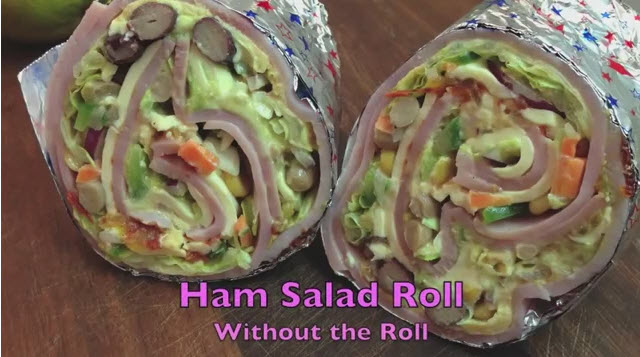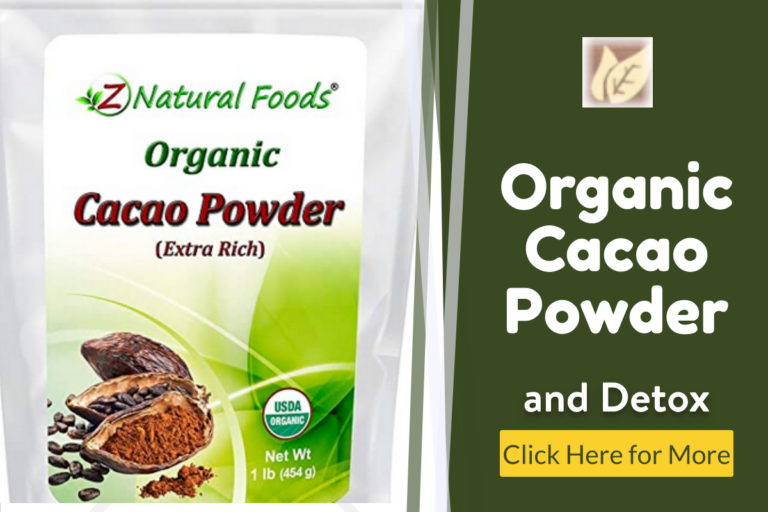USDA Nutrition boosts health now
USDA Nutrition boosts health now, giving knowledge and education on the key to a healthier, happier body.
These tips will show you how to locate key USDA Nutrition boosts health now, including must have information that will explain in detail all the good and bad of nutritional ingredients so that you can make an informed decision on your health.
The USDA Nutrition boosts health now is partnering with several more agencies as it launches the MyPlate to Go campaign, which will encourage people to eat healthier start the day.
The strategy includes efforts to get kids to eat breakfast, provide a resource for cooking healthy meals, and increase awareness of using USDA’s food pyramid. The USDA published a video on Wednesday highlighting these campaigns.
Working closely with the USDA Nutrition boosts health now Commodity Foods program, Better 4 You Meals serves students high-quality produce, meat, and dairy products at minimal cost.
The USDA’s Ready-to-Eat (RTE) food program works to reduce child stunting and hunger by providing nutrition to more kids, mostly in low-income communities.
These meals are healthy, tasty, and easily prepared. They’re also an important nutritional option for kids who are at higher risk due to health disparities, including racial and ethnic groups, children with special health care needs, and children in low-income families.
The USDA sponsors a wide range of health-based programs, including the online Super-Tracker tool.
Individuals can use SuperTracker to analyze their current dietary habits down to the calorie, ensuring that they receive accurate information about the foods they eat.
The USDA Dietary Guidelines provide science-based on USDA Nutrition you need to know about dietary and nutrition advice for all Americans.
The guidelines emphasize the importance of eating a variety of vegetables, fruits, whole grains, beans, and fish; limit saturated fat, added sugars, and sodium; consume foods rich in calcium and potassium; and limit consumption of refined grains and foods made with added trans fat.
Users can also plan their upcoming meals and ensure that they are receiving the recommended daily amounts of key nutrients.
Super-Tracker also includes a physical activity tracker, which represents an important component of physical health.
One of the most engaging features of the SuperTracker tool is its groups and challenges option.
Groups of people can create Super-Tracker accounts together and share details about their nutritional journeys.
Group members can also share recipes with one another or create a leaderboard to encourage friendly competition.
People all over the world are going nuts about it — USDA coconut oil. With the nutritional benefits it provides, it’s not surprising why it has gained such positive reputation. And just when you thought that it’s just an ordinary oil used in baking or cooking, we then discover amazing uses, making us more interested in this wonder ingredient.
This is a major piece of USDA Nutrition you need to know.
USDA Nutrition boosts health now giving knowledge about coconut oil?
Check out the fun facts on USDA Nutrition you need to know listed below.
1. It contains saturated fats that aren’t as bad as we thought.
Coconut oil has been a subject to lots of debates due to its saturated fat content.
Coconut oil is a tasty and edible oil for us, but it’s a little more complicated for our pets. The coconut oil that we eat is in liquid form and it has been heated for us to consume.
This is different from the coconut oil that our pets consume. Coconut oil that is used for cooking is also a little thicker than the oil that your pet ingests.
The coconut oil that our pets consume is usually cold-pressed, meaning it is a thick oil that is not easy to swallow and it is done in the manufacturing process.
Canned coconut oil is sometimes used in pet food or treats. The most popular use is to coat the outside of a dog treat to give it a shiny look.
Although experts haven’t come up with a conclusion yet, we all know that such fats are nothing but medium chain fatty acids, which do not degrade within the body.2. It shines and nourishes the hair.
If you have ever checked the ingredients used in your favorite shampoos and conditioners, you’ll see surprising amounts of coconut oil combined. But among all natural oils out there, why is it preferred by manufacturers? It’s simple. This oil can quickly penetrate the hair shaft, preventing hair loss and leaving your hair healthy, shiny, and nourished.
3. It’s a great skin condition remedy.
In some cultures, USDA coconut oil is used to treat different skin conditions. Because of its saturated fat content, skin is left nourished and moisturized, hence making the healing process faster.
4. It wards off parasites and other harmful organisms.
Okay, this fact is quite surprising. Based on studies, USDA coconut oil is effective against head lice and mosquitoes. It can even ward off fleas that spread diseases.
5. It is a great alternative to milk in ice cream.
Ice cream is everybody’s favorite treat. Unfortunately, some individuals are lactose intolerant, preventing them to enjoy such cold dessert. Thankfully, experts found out that virgin coconut oil is an acceptable substitute for milk in ice cream.
6. It is an essential massage oil.
In a study conducted in 2005, newborns were given oil massages. The result was that babies had improved in terms of pounds and even gained weight.
7. It is a potential cure for poisoning.
Though this needs further research, there are plenty of individuals who claimed that USDA coconut oil makes a great cure for poisoning. In one incident, a man attempted to commit suicide by ingesting pesticide.
When admitted to the hospital, he was already showing signs of toxicity. To counteract the effects, he was given magnesium sulfate, sodium bicarbonate, charcoal, and coconut oil. At the end of the day, he survived. Since then, coconut oil was tagged as a vital addition to the protocol.
Now, before you grab a jar of USDA coconut oil, review all these facts to know what to expect from this ingredient. You’ll see for yourself whether it really deserves all the attention the world is giving.
In summary, the USDA Nutrition boosts health now has announced changes to its government nutrition programs for school meals and for Supplemental Nutrition Assistance Program (SNAP) beneficiaries.
The changes include:
1. Bringing SNAP benefits in line with the U.S. Department of Agriculture’s (USDA) MyPlate food pyramid. USDA’s MyPlate is a visual tool that helps consumers make nutrient-dense food choices.
2. Providing up to 50% more fruits and vegetables in the school meals program. USDA’s School Meal Pattern allows schools to plate as much as 50% more fruits and vegetables in school meals.
3. Adding whole grains to SNAP. Whole grains (such as whole wheat bread, brown rice, and whole-grain cereals) are recommended for a healthy diet.
4. Adding more whole grains to SNAP. USDA officials also plan to provide up to 10% more in whole grains to SNAP recipients.







